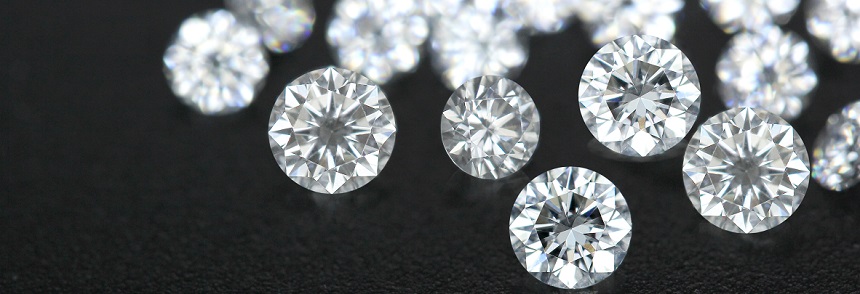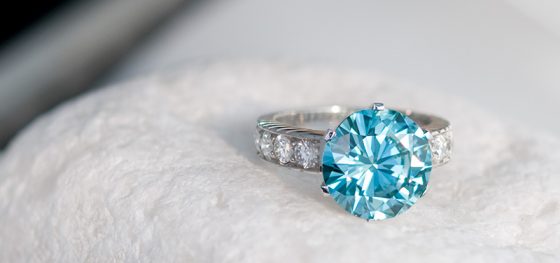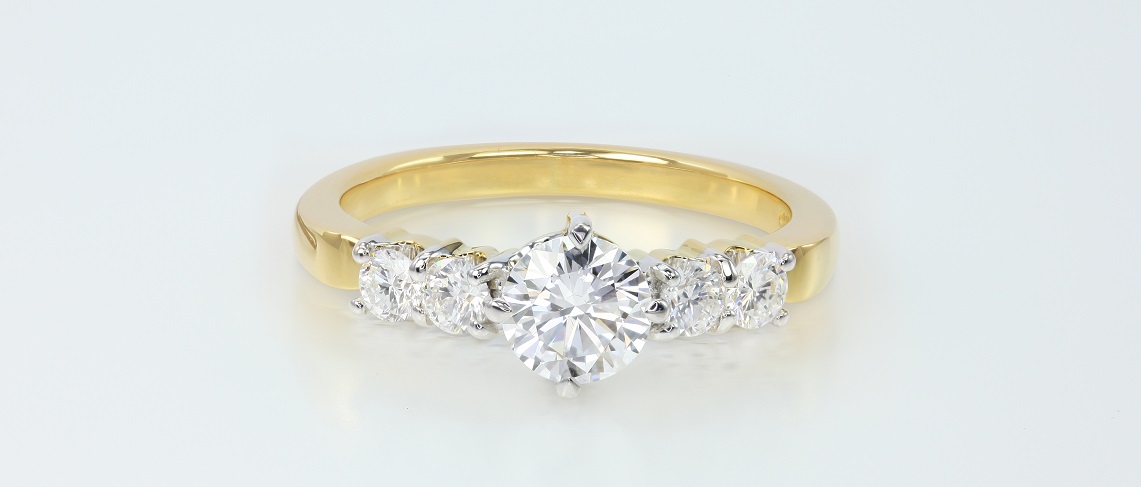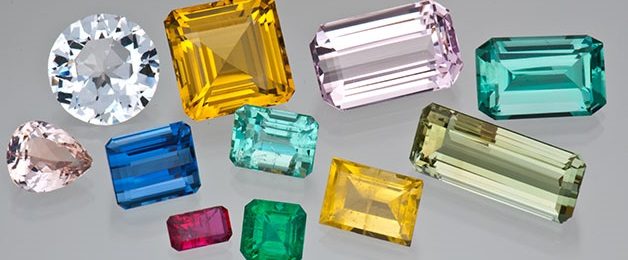“Diamonds are a girl’s best friend “. In our collective consciousness, the diamond is a sparkling perfectly transparent stone, cut in a brilliant cut. The reality, however, can look different. So, before you choose your best friend, I’d like to give you some general tips to help you make a good choice.

Brilliant Cut Diamonds
Diamonds, the most strictly controlled stones in the world
Mainly for historical reasons, but also because of their rarity and particularity, Diamonds exert an immense fascination for man and are objects of great desire. It is therefore hardly surprising that the market for diamonds is one of the most controlled in the world. Each individual diamond must pass the Kimberley Process of certification. This ensures that the diamonds are of legal and secure origin and that trade is not financed by wars.
In addition, Diamonds are subject to a globally uniform classification, which allows the buyer, i.e. you, to compare specimens of this gemstone according to objective criteria. This review is based on the main quality criteria of Diamonds; on the 4Cs: colour (colour), purity (clarity), cut and weight (carat). This classification system is sometimes applied to other precious stones, which is often controversial. But I will not go into this debate any further and will instead focus on the famous 4C s of Diamonds.
Are Diamonds always white?
In contradiction to the usual assumption that a Diamond is always white or clear, a wide range of colours exists: pink, blue, yellow, brown, green, black, red …. Although some of these colour varieties rarely occur and are not often sold. Diamonds with these colour nuances are referred to as “fancy”.

Blue Diamond Ring from Rocks & Co.
The white Diamond is, and remains, the most common among the diamonds, even if the term “white” imprecisely indicates the colour of the stone. For even ‘pure white’ can tend to be yellowish, or even brownish. These colour nuances are less popular. In the case of a white Diamond, especially in the case of a solitaire, the credo comes into force: the whiter the white, the better. The Gemological Institute of America, GIA, the world’s authority in all matters relating to Diamonds, has a precise and uniform system of classification of colour developed and set for Diamonds.
Diamonds have since been divided into the following colour classes:
D, E, F, G: colourless
H, I, J: almost colourless
K, L, M: slightly yellowish
N – R: light yellow
S – Z: Yellow

Diamond Colour Scale Courtesy of GIA (Gemological Institute of America)
Transparency of Diamonds
Purity is an important criterion for all precious stones, and this is especially true for diamonds. Therefore, the GIA has also established a scale for the purity of diamonds. Here is the GIA description of the purity of a diamond:
| Purity level | Meaning |
| Flawless (FL) | Magnifying glass. Does not contain any inclusions or errors at 10x magnification |
| Internally Flawless (IF) | Interior flawless. Does not show inclusions and only minor surface defects at 10x magnification |
| Very, Very Slightly Included (VVS1 and VVS2) | Very, very small inclusions. Contains tiny inclusions, which are difficult to recognise at 10x magnification. |
| Very Slightly Included (VS1 and VS2) | Very small inclusions. Displays tiny inclusions at 10x magnification. |
| Slightly Included (SI1, SI2, SI3) | Small inclusions. Contains 10x magnification. The SI3 degree of purity was introduced because many experts found the gradient between SI2 and I1 to be too great. The Rapaport Diamond Report, the reference price list for diamonds, included this category after the European Gemological Laboratory (EGL) began issuing SI3 certificates. |
| Included (I1, I2, I3) | Contains inclusions. These are clearly visible at 10x magnification. |
| Piqué (PK) | Clear inclusions. Visible with the naked eye. |
Cut and carat weight
Although a variety of cuts are possible, such as oval, octagonal, drip, or even the heart cut, the brilliant cut is the most popular, since the ideal proportions were mathematically calculated with the greatest precision.
Read more here on how to tell if your Diamond has “The perfect cut”?
To determine the weight is the easiest exercise, because it is enough to simply weigh the stone with a good scale.

White Diamond Ring from Rocks & Co.
What is the quality of diamonds at Rocks & Co?
The quality of the diamonds offered by Rocks & Co. (in particular the diamonds used as accent stones) mostly settle on the GIA colour scale between G and H. The purity is usually at SI. The quality of the cut is good.
Discover an exquisite selection of diamond jewellery at Rocks & Co., your online jewellery store!






